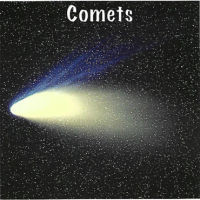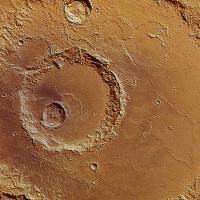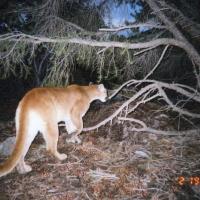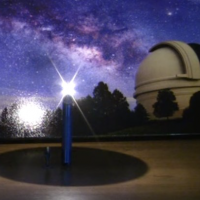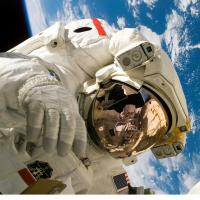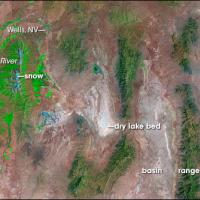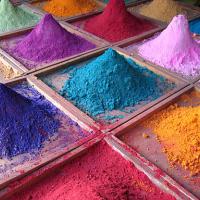What exists way out in our solar system, beyond Pluto, in the Kuiper Belt - Comets! Made up of materials from the birth of our solar system, comets give us clues to the past. What better way to...
Lesson Plans
Want to schedule a virtual visit for your classroom with a Great Basin National Park ranger, Great Basin Observatory scientist, or a Reach for the Stars Educator? Please complete at least three of our lessons with your students, and then reach out to request a visit.
Like what you see and live nearby? Sign up for a training or classroom visit.
Make your own craters to understand how scientists decipher the ages of surfaces throughout the solar system and what this tells us about geological principles.
Did you know many animals need darkness to survive? In this fun activity students are introduced to the concept of light pollution and learn how artificial light at night affects wildlife.
Now that students have learned about artificial light at night, have them use their science, design, and engineering skills to engineer a world without light pollution! Please complete this...
You’ve heard about air and water pollution, what about light pollution? The consequences of light pollution are real, but so are the solutions. Learn to engineer a world without light pollution...
What are galaxies? Why do they look so different from each other? What can we learn from their shapes and structures? It only takes a keen eye and a creative mind to sort galaxies as early...
We experience gravity every day, but understanding gravity is quite complex. Take a tour of the solar system to understand the relationship between gravity, mass, and weight.
Students learn about gravity, mass, and weight by traveling through the solar system after a teacher led demonstration.
Students will create models to understand the hydrosphere, biosphere, atmosphere, and geosphere which make up the Great Basin watershed.
Students play with colored transparencies to grasp which parts of the visible spectrum are absorbed and transmitted through objects. They use this knowledge to predict why they can see colors in...
